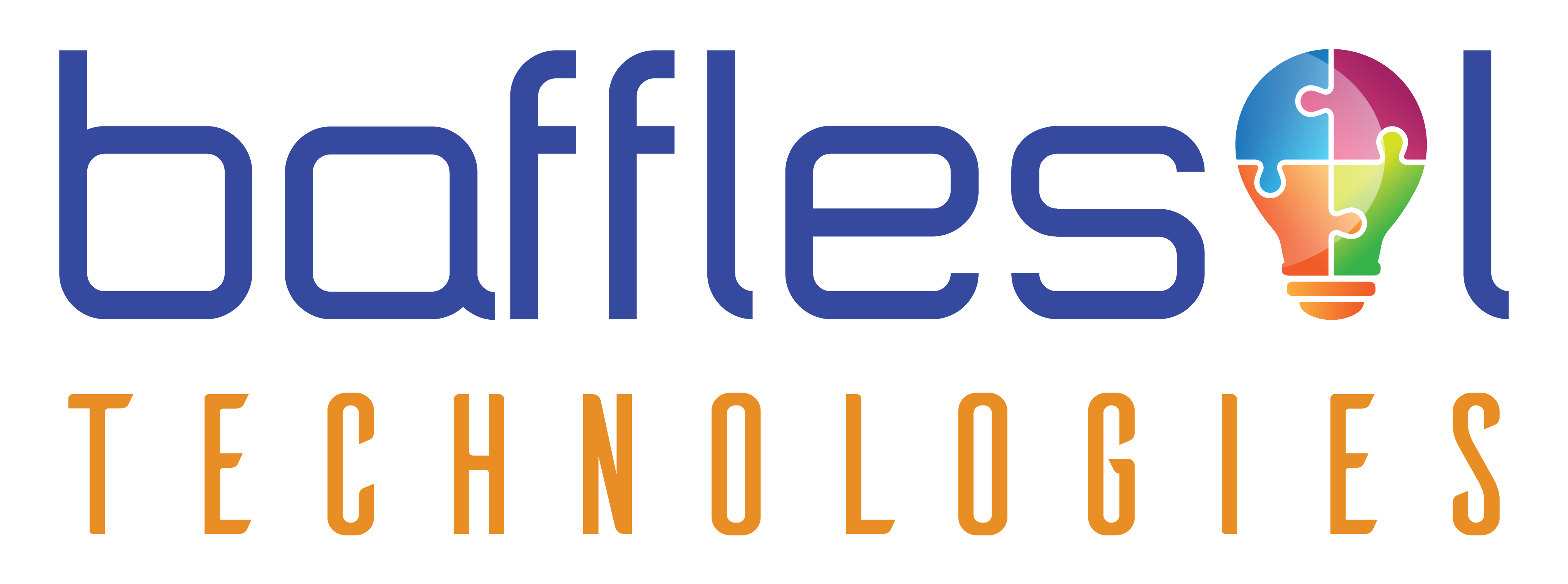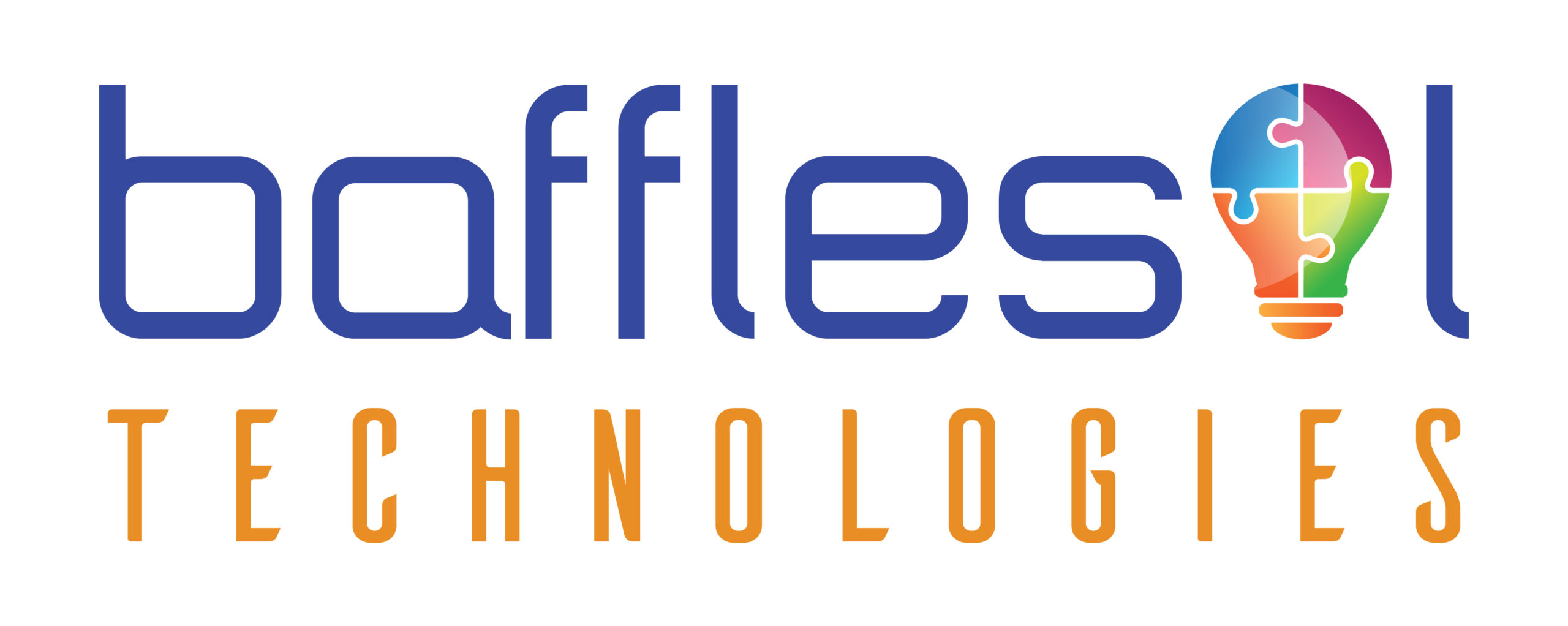In today’s digital world, cybersecurity is a significant concern for businesses of all sizes. Business processes manage resources and data and improve productivity. However, like any other software system, ERP implementations are vulnerable to cybersecurity threats, which can be devastating to organizations if they occur. In this blog post, we’ll explore some of the most common cybersecurity threats to ERP implementation and how to protect against them.
Insider Threats One of the most significant threats to ERP implementation comes from insider threats, including employees, contractors, and vendors. They have privileged access to the ERP system and can manipulate data, steal information, or damage the system. Insider threats can occur due to malicious intent, negligence, or lack of proper training.
Organizations should implement strict access controls to prevent insider threats, monitor user activity regularly, and provide employees with cybersecurity training. Role-based access control and regular audits effectively limit user privileges, and it is essential to establish a culture of security within the organization.
With cyberattacks becoming increasingly common and sophisticated, businesses must choose software platforms that offer robust security features. Microsoft Dynamics is one such platform with a strong reputation for its security and has become a top choice for businesses worldwide.
Microsoft Dynamics is a suite of enterprise resource planning (ERP) and customer relationship management (CRM) software that helps businesses automate their processes and improve their operations. It’s a cloud-based platform that can be accessed from anywhere, making it ideal for businesses with remote employees. But one of the key features that sets Dynamics apart from its competitors is its robust security features.
Microsoft has invested heavily in building a secure platform to protect its users from cyber threats. It has dedicated security experts who work around the clock to monitor the platform for any potential security vulnerabilities. They use the latest tools and techniques to identify and address any potential threats before they can cause any harm.
One of the critical security features of Dynamics is its multi-layered approach to security. It uses physical, logical, and data security measures to protect users’ data. For example, all data is encrypted in transit and at rest, ensuring it’s protected from unauthorized access.
Additionally, Microsoft uses machine learning and artificial intelligence to detect and prevent cyber attacks in real-time, which helps keep users’ data safe.
Another security feature of Dynamics is its role-based security. This means that users are only given access to the data and functionality needed to do their jobs. This helps prevent data breaches and unauthorized access to sensitive information. Additionally, Dynamics has built-in compliance features that help businesses comply with industry standards and regulations, such as GDPR and HIPAA.
ERP implementation is a critical business process, and protecting it from cybersecurity threats is essential to ensure the continuity and success of the organization. Organizations can minimize the risks of insider threats, data breaches, malware attacks, and phishing scams by implementing best practices, such as role-based access control, regular audits, and cybersecurity training. It is crucial to stay up-to-date with the latest security trends and implement measures to keep ERP systems secure from evolving threats.
Microsoft Dynamics, for this reason, has become a top business choice because of its robust security features. Its multi-layered approach to security, role-based security, and compliance features make it a secure and reliable platform for businesses of all sizes. Microsoft Dynamics is worth considering if you’re looking for a secure and reliable platform to manage your business processes.



